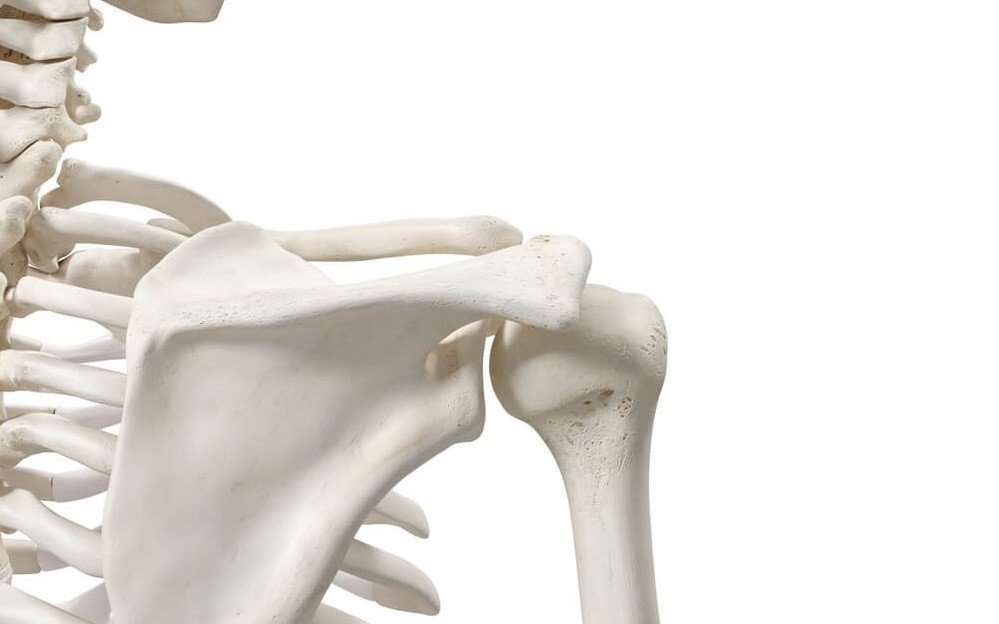3 Ways to Support Your Bone and Joint Health!
3 Ways to Strengthen Your Bones and Joint Health
Hip and knee replacements have become routine surgeries. Maybe it’s because everyone is more active today than previous generations. Maybe it’s because we sit at our computers for too many hours and muscles start to atrophy, or when we do get outside our muscles are tight, which puts added stress on our joints. Or maybe we don’t get the nutritional support we need to lubricate our joints and nourish our bones.
Whatever the reason, studies predict a significant increase in the annual rates of total hip and knee replacement between 2020 and 2040, across all age groups and both sexes. According to data from the U.S. National Inpatient Sample in tandem with Census Bureau data, researchers predict that hip replacements may increase 75% in 2025 to 625,000 replacements, and knee replacements may increase by 110% in 2025 to 1,272,000.1
Although trends were similar for both total hip and knee replacements, they are occurring slightly more frequently in women and individuals 45 to 64 years of age and 65 to 84 years of age.1 The leading cause of knee replacement is osteoarthritis. According to the American Academy of Orthopedic surgeons, 90 percent of people who have joint replacement experience a significant reduction in pain. But wouldn’t it be great if you could avoid osteoarthritis in the first place? There are ways to support your bone and joint health in order to help stave off issues in the future.
October 12 —18 is Bone and Joint Health National Action Week, and we’d like to offer you ways to strengthen your bones and joints NOW, so you can possibly avoid joint replacement in the future.
Disclaimer: Please check with your health care provider before starting a new exercise program.
1. Exercise
Exercise is crucial to supporting bone health, strengthening muscles and improving flexibility & balance. This is crucial for people 65 and over. Weight bearing exercises such as walking, dancing, running, yoga, and lifting hand weights are some of the best ways to improve strength and balance and to avoid falls. Flexibility and range-of-motion exercises are also important for stretching and lengthening the muscles in our legs, thighs, and buttocks, and for reducing stiffness in the joints.
Hip exercises
- The Psoas muscle on the front of your spine and hip connects the lower back to the upper thigh. This connection is what allows us to flex and bring the thigh upwards resulting in an elevated knee, or a high step.
- Start by placing one foot forward and one foot backwards as if you are going into a calf stretch but instead of standing, kneel down on your back knee. Put a blanket or towel under your knee if you have any knee issues.
- Keep your chest and shoulders upright and tuck your pelvis under your hips while you tighten your buttocks
- Now gently push your hips forward towards the front leg, until you feel a stretch in the front of your hip and hold for at least 30 seconds. Do not arch your lower back. Repeat on the other side.

- Double hip rotation
- Lie on your back with your knees bent and feet flat on the floor. Keep your shoulder on the floor as you lower your knees to one side. Turn your head to the opposite side. Hold for 20 to 30 seconds. Center your knees and repeat on the other side.

Knees
- Quadriceps stretch – to improve flexibility of the quadriceps and range of motion of the knees
- Lie facing downward.
- Place the right forearm in front for support.
- Bend the left knee and grab the ankle or shin with the left hand.
- Gently lift the knee until there is a slight, noticeable stretch. Hold for a few seconds.
- Switch sides, and repeat a few times on each side.

- Sit and stand – targets the quadriceps and glutes, and improves the range of knee movement and overall leg strength.
- Sit straight in a chair with your feet flat on the floor.
- Cross your arms over your chest.
- Slowly stand up straight.
- Sit back down slowly. Repeat 8 times.
2. Maintain a Healthy Weight
There’s no beating around the bush. You know how heavy a 10 pound bag of potatoes is or a 25-pound bag of sand, right? It’s not exactly easy to carry them (unless you’re very muscular). If you were 10 or 25 pounds overweight, think of how that extra body weight would stress your weight-bearing joints. And if you carry that extra weight for years, you’d be adding stress upon stress to your joints. To make matters worse, fat produces proteins that can contribute to inflammation around the joints. So if you are overweight, you’ll be doing your body a whole lot of good if you take that extra load off before the damage is done.
3. Nutrition
The Arthritis Foundation recommends eating a Mediterranean diet to reduce and/or avoid inflammation, which is a major contributor to osteoarthritis. A study in which the researchers tracked the diets of more than 4,000 patients, found that the more closely the participants followed the diet, the less likely they were to develop joint problems. But when they looked at the effect of specific foods on osteoarthritis, only whole grains were associated with reduced osteoarthritis risk.2
What is the Mediterranean Diet?
The Mediterranean diet emphasizes eating a plant-based diet with plenty of fruits and vegetables, whole grains, legumes and nuts. It uses healthy fats such as olive oil and avocado oil, and limits red meat to no more than a few times a month, and favors eating salmon, halibut, sardines, and tuna at least twice a week.
Foods That Support Bone and Joint Health
Americans are notorious for consuming large amounts of processed foods, soft drinks, coffee and foods that are high in sodium & sugar. These foods promote osteoporosis by stripping the bones of the calcium they need to stay strong.
The key nutrients that support bone health are calcium, vitamin D, magnesium, vitamin K, and potassium.
- Milk, cheese and other dairy foods contain calcium and are often fortified with vitamin D.
- Green leafy vegetables, such as kale, collard greens, broccoli, cabbage and okra contain calcium, magnesium and vitamin K. Spinach and Swiss chard are high is oxalate acid which binds up calcium, making it less available to the body.
- Soy products, including tofu and soy milk, but make sure they’re organic to avoid GMOs. Soy is a good source of vitamin K, potassium, and calcium.
- Chickpeas contain calcium and magnesium.
- Almonds are a good source of calcium and magnesium.
- Fish, especially salmon, and sardines if you eat the bones, are an excellent source of vitamin d, calcium and magnesium.
- Eggs and sunlight for vitamin D.
- Mushrooms are the only food in the produce aisle that contains vitamin D.
- Fruits: apricots, kiwi, oranges, berries, pineapples, papaya, dried figs contain some calcium.
- Chia seeds are a good source of calcium for people who don’t eat dairy. They also contain magnesium.
Recipe For Mediterranean Whole Grain Main Dish
This recipe is adapted from a recipe called “Scheherazade” from Mollie Katzen’s Moosewood Cookbook.
Ingredients
- 1 can garbanzo beans
- 1 cup raw bulgur
- 2 medium Bell peppers, chopped
- 4 medium fresh tomatoes, chopped
- 1 ½ chopped onion
- 3 Tbs. tomato paste
- 1 ½ cups crumbled feta chees
- 2 cloves crushed garlic (optional)
- Salt and pepper to taste
- 1 tsp ground cumin
- 1 tsp basil
Directions
Puree the bean and combine with the soaked burgher.
Sauté the onion and garlic in olive oil. When soft, add the peppers and sauté until soft. Combine all ingredients except the feta, and place in large, buttered casserole. Spring feta on top. Bake one hour at 375 degrees. Cover the first 45 minutes, uncover the last 15 minutes.
Overall
Start a new health regimen this month that supports bone health and joint health. And don’t forget to take a walk in the forest to enjoy the beautiful colors of the turning leaves.








